If you’re a new Rottweiler owner, tracking your pup’s growth is crucial. Like an overeager parent documenting a baby’s first steps, you’ll want to celebrate each pound gained.
Rottweilers increase during the first year, and keeping tabs on weight gain ensures your puppy thrives.
Consider this your go-to guide for Rottweiler puppy weight charts and developmental milestones. Buckle up. We’re going on a growth spurt!
Why Follow a Rottweiler Puppy Weight Chart?
Monitoring weight provides insight into your pup’s health. Weight issues often indicate underlying problems.
“Rottweiler growth charts help owners track proper development,” says veterinarian Dr. Sarah Johnson. “Abnormal weight changes may signify illness or nutritional deficiencies.”
Excessive growth is concerning for Rottweilers, who are prone to joint issues. Careful weight tracking allows for early intervention if needed.
Other benefits of recording puppy weights:
- Identifies growth abnormalities
- Ensures proper nutrition is provided
- Allows customization of exercise and training
- Aids in predicting the full adult size
- Provides lifelong health benchmarks
So grab a pen and scale because we’re about to crunch some numbers!
Rottweiler Puppy Weight Chart by Age
Rottweiler litters average 5-9 puppies, each weighing 1-1.5 pounds at birth. Rapid growth starts around 2-3 weeks.
Here are the average Rottweiler puppy weights by age:
|
|
|
|
|
|
|
|
|
|
|
|
|
|
|
|
Of course, weights vary depending on lineage, gender, diet, and exercise. Your puppy’s target weight range may differ slightly.
Veterinarian Dr. Alexandra Fischer explains, “Genetics and caloric intake impact development. While Rottweiler growth charts provide averages, each pup’s ideal weight is unique.”
For a personalized outlook, consult your veterinarian. They can assess your pup and interpret weight gain appropriately.
Now let’s break down what to expect at each life stage.
Neonatal Period: 0-2 Weeks
These first days are all about eating, sleeping, and staying warm.
Rottweiler puppies are born with their eyes and ears closed. They rely entirely on their mom for food and care.
Weight: 1-1.5 pounds
Key Needs: Nursing, temperature regulation, bonding with mother
Transitional Period: 2-4 Weeks
Senses become alert, and it’s time for puppy lessons 101.
Puppies will start nibbling solid food and interacting with litter mates. Early socialization is vital.
Weight: 2.5-5 pounds
Key Needs: Weaning process, veterinary checkups, socialization
Socialization Period: 4-12 Weeks
prime time for socialization and training. Experiences now mold future behavior and personality.
Puppies should be gradually introduced to new sights, sounds, smells, people, and animals. Avoid overwhelming them.
Weight: 5-20 pounds
Key Needs: Socialization, basic obedience, and house training
Dog trainer Andrea Smith advises, “Rottweiler puppies are brilliant and eager to please. Start teaching simple commands and positively reinforce wanted behaviors.”
Juvenile Period: 3-6 Months
Energetic adolescence! Rottweilers need plenty of exercise and training during this rapid growth phase.
Prevent injury by avoiding too much-forced exercise. Let your puppy rest as needed.
Weight: 25-70 pounds
Key Needs: Exercise, training, joint support
Adolescence: 6-18 Months
Your pup may push boundaries during this stage. Be patient and persist with training.
Monitor weight gain closely. Overweight pups are at risk for joint issues.
Weight: 50-120 pounds
Key Needs: Advanced training, proper nutrition, spay/neuter
Adulthood: 1.5-8 Years
Your Rottweiler will fill out to their mature size by 18-24 months.
Lifelong health maintenance and training reinforcement is critical. These are your dog’s prime years to enjoy!
Weight: 90-135 pounds
Key Needs: Exercise, health screening, behavioral training
Let’s discuss factors influencing your Rottweiler’s weight and growth rate.
What Impacts Rottweiler Puppy Growth?
A variety of factors affect your pup’s development. Here are some of the primary considerations:
Genetics and Pedigree
Purebred Rottweilers from champion bloodlines tend to be more robust. Whereas mixed breeding may result in a more diminutive stature.
Responsible Rottweiler breeders focus on health and temperament. Reputable kennels provide insight into a puppy’s expected adult size.
Nutrition and Diet
Quality nutrition is crucial for muscle development and joint health. Rottweiler puppies have higher caloric needs than adult dogs.
“I recommend large breed puppy formulas to support growth,” veterinarian Dr. Rebecca Gray advises. “Protein levels between 25-32% maximize muscle without overburdening kidneys.”
Avoid over or underfeeding. Both can negatively impact development. Discuss your pup’s diet with your vet.
Gender
Male Rottweilers are significantly larger than females on average.
According to the American Kennel Club, standard sizes are:
- Males: 95-135 pounds
- Females: 80-100 pounds
Spaying or neutering typically slows the growth and may result in a slightly smaller adult.
Exercise
Appropriate exercise encourages muscle tone and joint health. But too much high-impact activity on developing joints can cause orthopedic problems.
Follow age guidelines when introducing activity. Low-impact exercises like swimming are great for young pups!
Health Conditions
Illnesses may inhibit proper nutritional absorption, resulting in reduced weight gain. Parasites like worms are a common cause of growth issues.
Schedule regular vet checkups to diagnose potential health problems early. Prompt treatment can get your puppy back on track.
How to Track Your Puppy’s Growth
Now for the fun part: documenting your pup’s paw-some journey! Here are tips for recording Rottweiler puppy weights:
Weigh Your Puppy at Home
Invest in a pet scale. Pick one designed for large breeds with an easy-to-read display.
Place the scale on a flat, hard surface. Gently lift your puppy onto the platform. Accurate weights are critical!
Weigh at the same time of day each week for consistency. I recommend Saturday mornings before breakfast and exercise.
Chart Weight Over Time
Create a graph to visualize weight gain. Here’s a basic template:
|
Date |
Puppy Age |
Weight |
|
3/5/2023 |
8 weeks |
12 pounds |
|
3/12/2023 |
9 weeks |
14 pounds |
Compare your puppy’s weight to standard Rottweiler growth charts. But don’t panic over slight deviations. Consistent upward trends are ideal.
Discuss Growth at Vet Visits
Share your puppy’s weight chart with your veterinarian. They can interpret the data and make diet and exercise recommendations.
Vet tips for healthy growth:
- Provide proper nutrition
- Avoid excess treat calories
- Exercise per age guidelines
- Maintain vaccinations schedule
Watch for Abnormal Changes
Contact your vet if your puppy’s weight oddly stagnates or spikes. Sudden deviations often indicate an underlying issue needing attention.
Signs of abnormal growth:
- Minimal weight gain over 2-3 weeks
- Loss of appetite
- Persistent diarrhea or vomiting
- Lethargy and exercise intolerance
With attentive tracking and care, your puppy will hit growth milestones quickly.
Ensuring Proper Growth Through Care
Your dedication impacts your pup’s development. Here are tips to support healthy growth:
Feed a High-Quality Puppy Food
Focus on quality over quantity when selecting your pup’s diet. Seek out reputable brands that follow WSAVA guidelines.
For growing Rottweilers, the Dog Food Advisor recommends formulas with the following:
- 25-32% protein
- 12-15% fat
- Controlled calcium and phosphorus
- Omega fatty acids
- Glucosamine
“Pay close attention to calcium levels, which should be around 1.2%,” suggests veterinary nutritionist Dr. Jessica Rogers. “Excess calcium stresses bones and joints.”
Divide daily intake into 3-4 small meals for easier digestion and steady energy.
Follow Exercise Guidelines
Balancing activity levels and rest promotes proper musculoskeletal development.
The Orthopedic Foundation for Animals provides exercise recommendations:
- 0-3 months: Free play and socialization
- 3-6 months: Limit leash walks to 5 minutes
- 6-10 months: Light leash walks under 1 mile plus free play
- 10-18 months: Moderate exercise 1-2 miles daily
Avoid running or jumping until growth plates close around 12-15 months. Prioritize low-impact activities like swimming.
Dog trainer Mark Lopez says, “Mental stimulation is as important as physical exercise. Do scent work, trick training, and food puzzles too!”
Stick to Vet Visit Schedule
Regular veterinary checkups ensure your puppy stays happy and healthy as they grow.
Necessary vet appointments include:
- Deworming at 2, 4, 6, and 8 weeks
- Vaccination series every 3-4 weeks from 6-16 weeks
- Spay/neuter around 6 months
- Annual exams after 1 year
Avoid Obesity
Excess weight stresses developing joints along with heart disease and other systemic issues.
The Association for Pet Obesity Prevention reports over 50% of dogs are overweight. Don’t let your pup become a statistic!
Stick to recommended daily servings. Limit treats and human table food. Regular weigh-ins reinforce portion control.
Be Consistent with Training
Training and socialization from day one are paramount. Use positive reinforcement to shape behaviors.
Classes provide mental stimulation and exposure to new environments. Maintain training as your puppy matures.
The American Kennel Club’s Canine Good Citizen test sets excellent behavioral goals. Their 10-step program teaches polite manners that make your Rottweiler an ideal companion.
The Takeaway on Rottweiler Puppy Weight Charts
Monitoring your pup’s weight provides invaluable insight into their well-being. But don’t stress over normal fluctuations.
Focus on consistent weight gain, quality nutrition, age-appropriate exercise, and veterinary care. With your support, those puppy pounds will come in no time!
Then one day, you’ll look, and that roly-poly furball will be a stately Rottweiler. Treasure watching your pup grow – it happens in the blink of an eye.
Conclusion
As a new Rottweiler owner, few things are more rewarding than nurturing your pup through each growth spurt.
Like a parent memorializing a baby’s first steps, you’ll cherish documenting your puppy’s rapid development.
Rottweiler puppy weight charts provide a roadmap of critical milestones. They help ensure your pup stays on target with their physical progression.
Any concerning deviations can be promptly addressed when weights are tracked diligently.
While generic growth guidelines are helpful, your puppy’s ideal weight range is unique.
Genetics, diet, gender, and activity levels all impact size and growth rate. Work closely with your veterinarian for personalized advice.
With proper care and nutrition, your fuzzy fur ball will morph into a magnificent Rottweiler before your eyes. So embrace this particular time. There’s nothing quite like raising a puppy!
Frequently Asked Questions
Should I worry if my puppy’s weight is off from the average?
- Minor variations from standard growth charts are expected, especially if your puppy is a mixed breed. Focus on consistent weight gain versus fixating on isolated weights. Discuss any significant deviations or plateaus in importance with your veterinarian.
How many pounds do Rottweiler puppies gain per week?
- During growth spurts from 8 weeks to 6 months, Rottweiler puppies may gain 5-8 pounds per week on average. Gain typically slows after 6 months to 1-2 pounds weekly as they approach adult size.
What is the largest a Rottweiler puppy should weigh at 3 months?
- By 12 weeks, Rottweiler puppies generally weigh 15-25 pounds on average. Larger breeds may hit 30 pounds in 3 months. Transparent health screens are more important than isolated weights.
Is my Rottweiler puppy overweight?
- As a large breed, it can be tricky to assess if a Rottweiler puppy is overweight. Look for a tucked waist when viewed from above. You should feel but not see ribs when running hands along their sides. Consult your vet if concerned.
When is a Rottweiler puppy full-grown?
- Rottweilers are considered fully grown between 18-24 months old. However, they will continue filling out through maturity around age three. Lifelong health maintenance is crucial for this large breed.
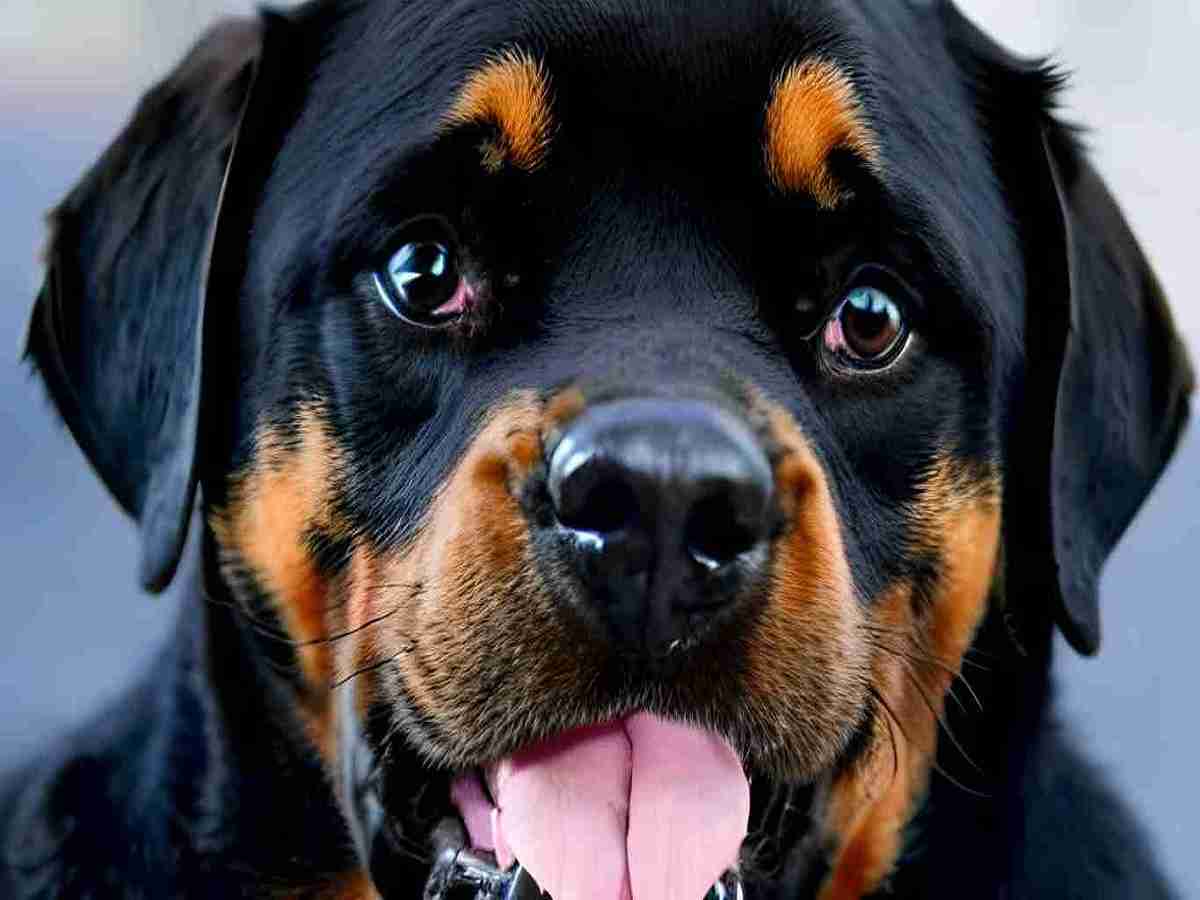
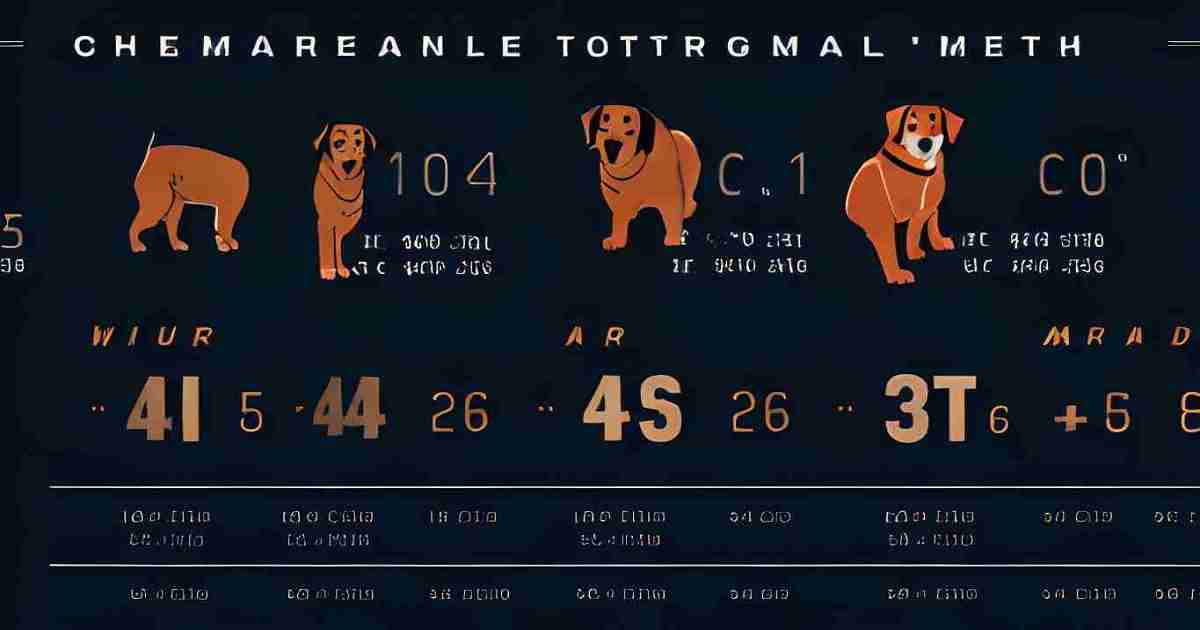
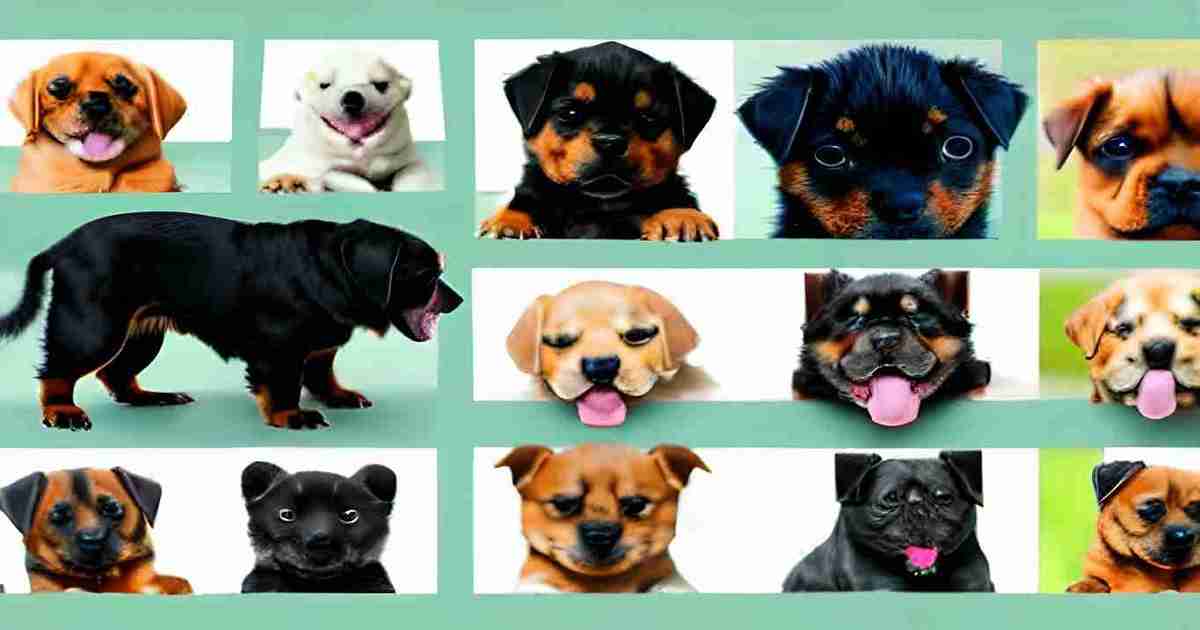
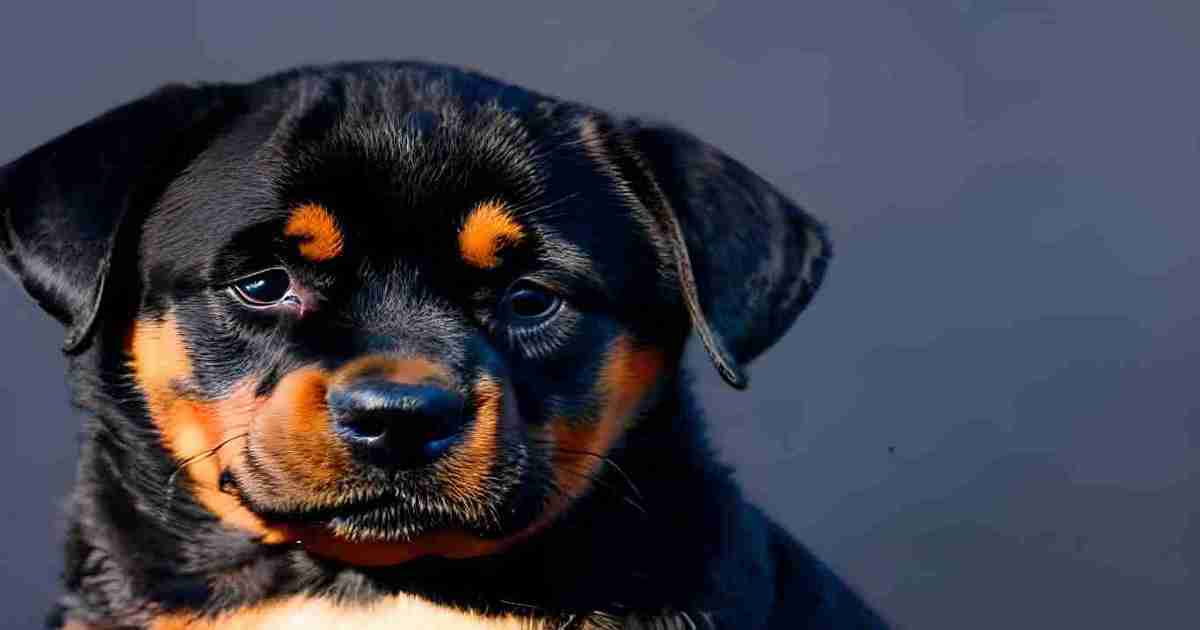
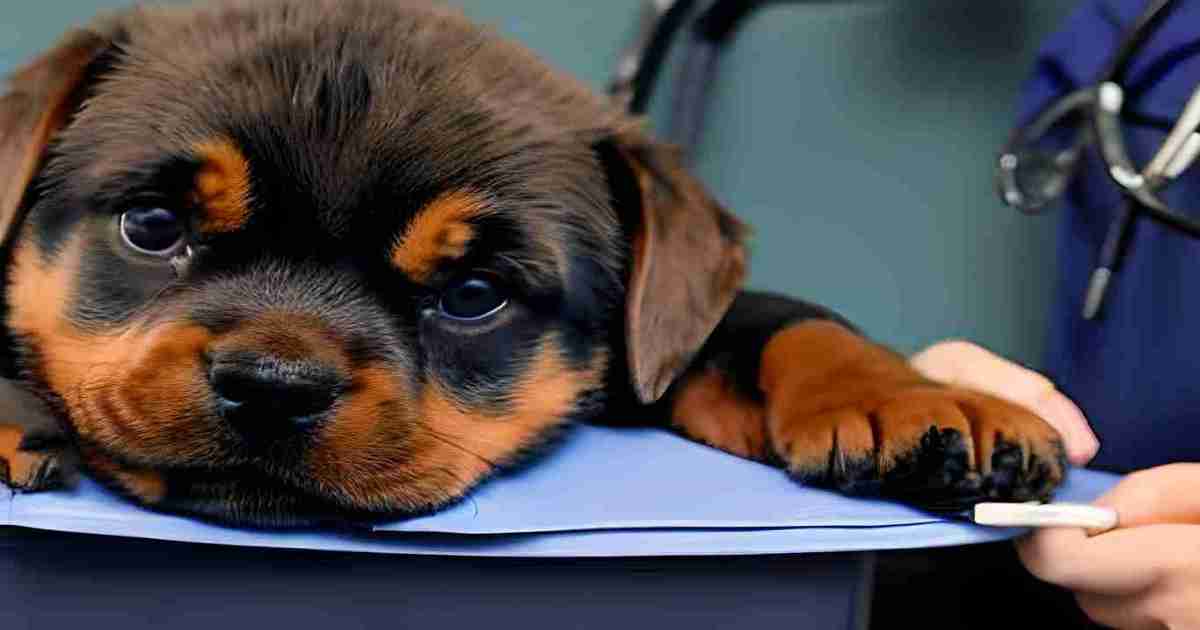
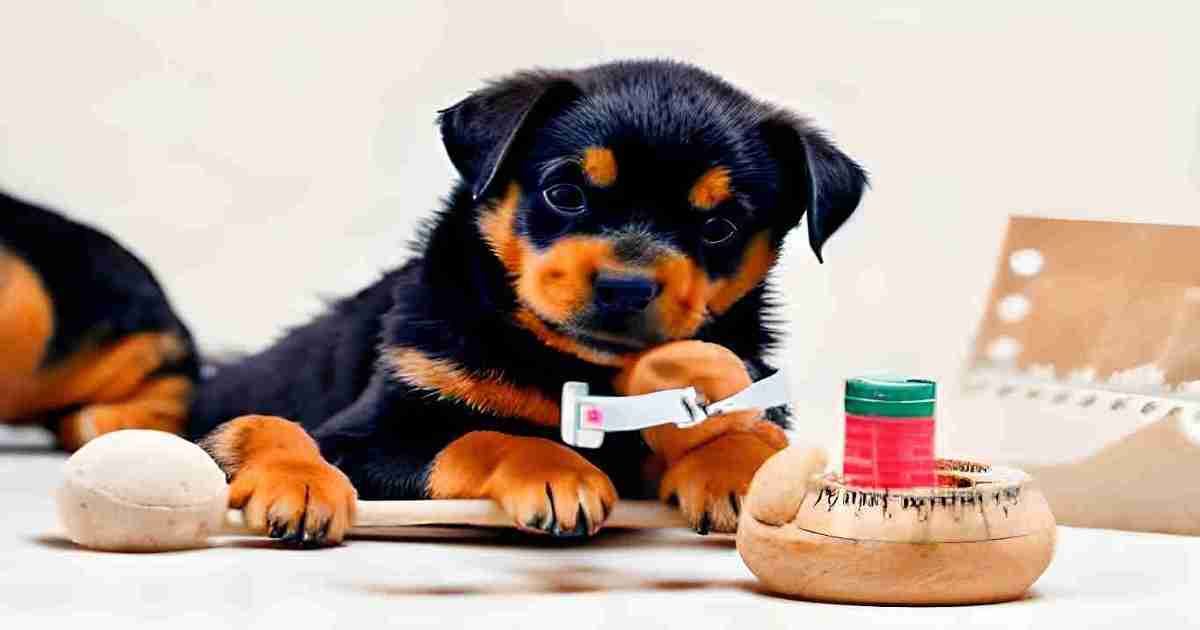
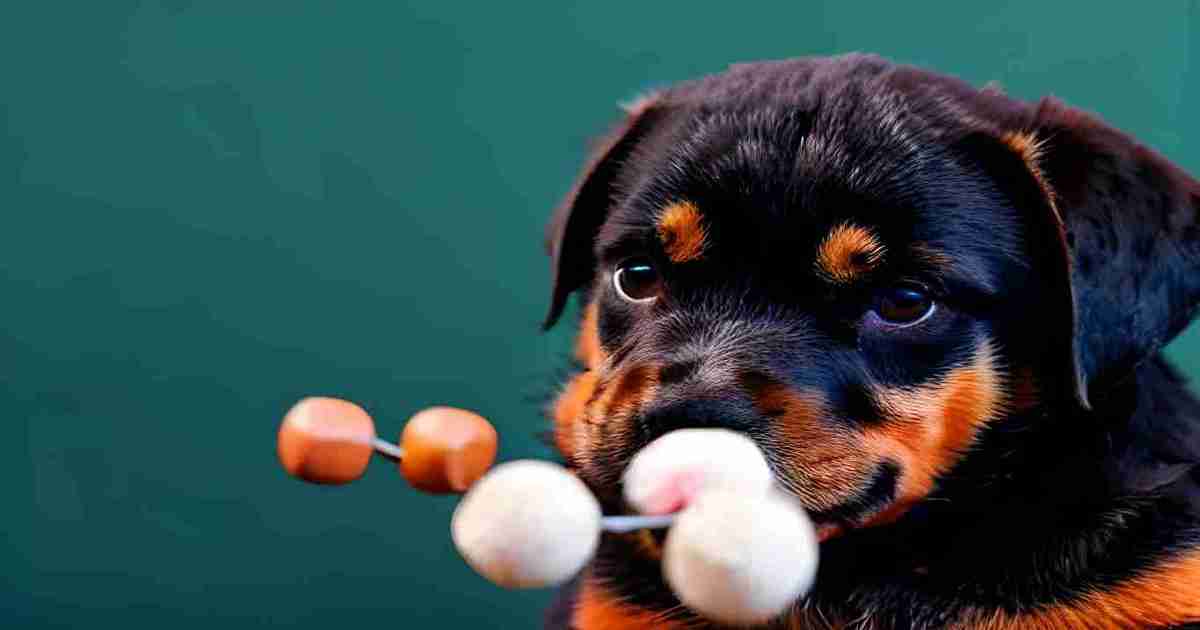



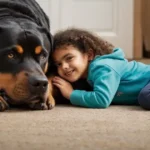
3 thoughts on “The Incredible 200% Weight Gain Your Rottweiler Puppy Will See Thanks to This Rottweiler Puppy Weight Chart”